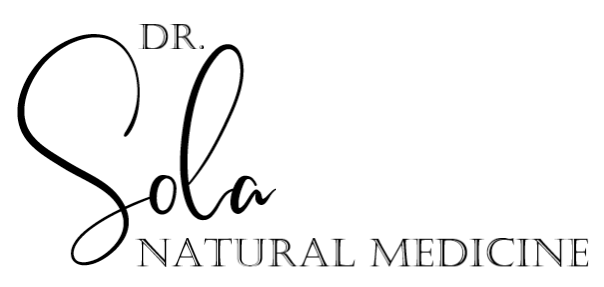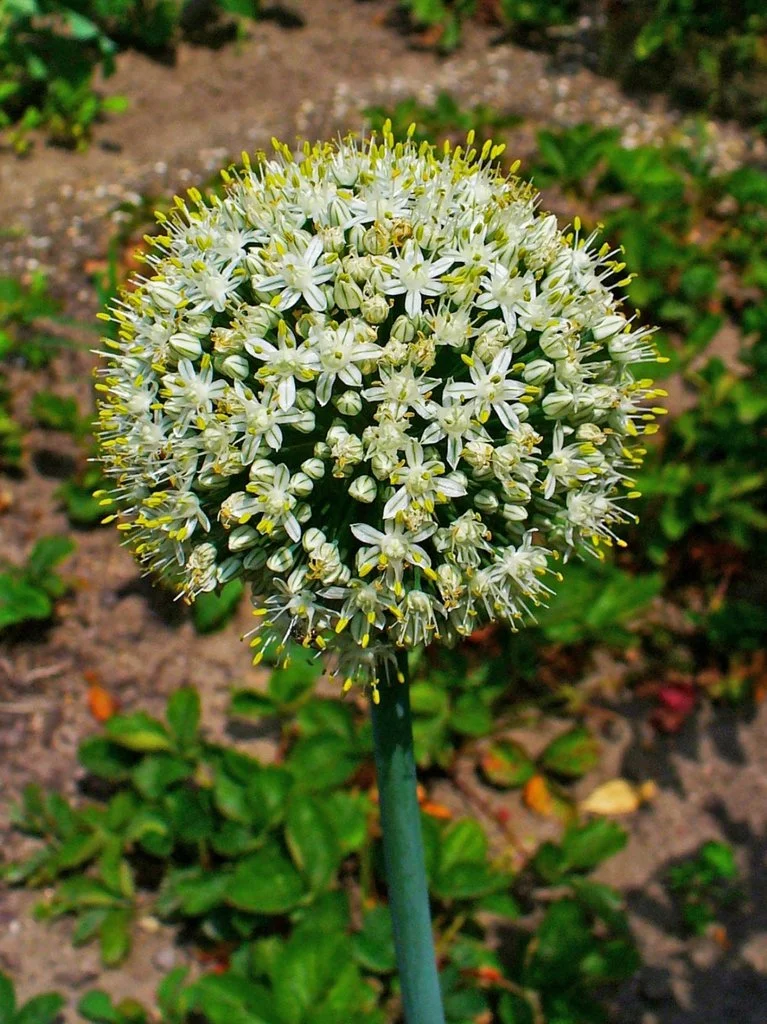
Allium cepa
Common Name: Onion
Family: Amaryllidaceae (Amaryllis family)
Parts used: Bulb
Constituents: Glucosinolates
Taste/smell: Tear-inducing, spicy, sweet, bitter, sour, acidic, strongly aromatic
Actions
Anti-atherosclerotic
Hypolipidemic
Antiplatelet
Antidiabetic
Antimicrobial
Anti-H. pylori
Immunomodulating
Uses
Anti-atherosclerotic:
Atherosclerosis
Ischemic stroke prevention
Hypercoagulable states
Angina pectoris
Impotence (from arterial insufficiency)
Erectile dysfunction
Hypertension
Hypolipidemic:
Hyperlipidemia
Dyslipidemia
Hypercholesterolemia
Intermittent claudication
Anti-Diabetic:
Type 2 diabetes mellitus
Topical Antimicrobial:
Dermatophytosis
Onychomycosis
Warts (common or plantar)
Infectious vaginitis
Otitis media
Contraindications
Bleeding diathesis due to its antiplatelet activity
Bleeding disorders
Concomitant use with anticoagulant drugs
Thyroid disease (high doses may inhibit thyroid uptake of iodine and cause problems in people if they have marginal iodine intake, which is very rare in the US)
Adverse Effects
Breath and body odor
Bleeding at excess doses
Toxicity
Antiplatelet activity
Interactions
Can potentiate anticoagulants due to platelet-inhibiting effects
Can potentiate insulin (inhibits its breakdown) and hypoglycemic drugs
References:
Brinker, Francis J. Herbal Contraindications and Drug Interactions plus: Herbal Adjuncts with Medicines. Eclectic Medical Publications, 2010.
Kaufmann, Taylor. NPLEX II Study Guide. Wild Brilliance Press, 2019.
Lun, Vincent, et al. Core Knowledge for NPLEX 2. 1st ed., Marano Publishing Incorporated, 2014.
Marciano, Marisa, and Nikita A. Vizniak. Evidence Informed Botanical Medicine. Professional Health Systems Inc., 2015.
Sherman, John. The Complete Botanical Prescriber. Four Seasons Pub.
Skenderi, Gazmend. Herbal Vade Mecum: 800 Herbs, Spices, Essential Oils, Lipids, Etc., Constituents, Properties, Uses, and Caution. Herbacy Press, 2004.
Tilgner, Sharol. Herbal Medicine: From the Heart of the Earth. Wise Acres, 2020.







